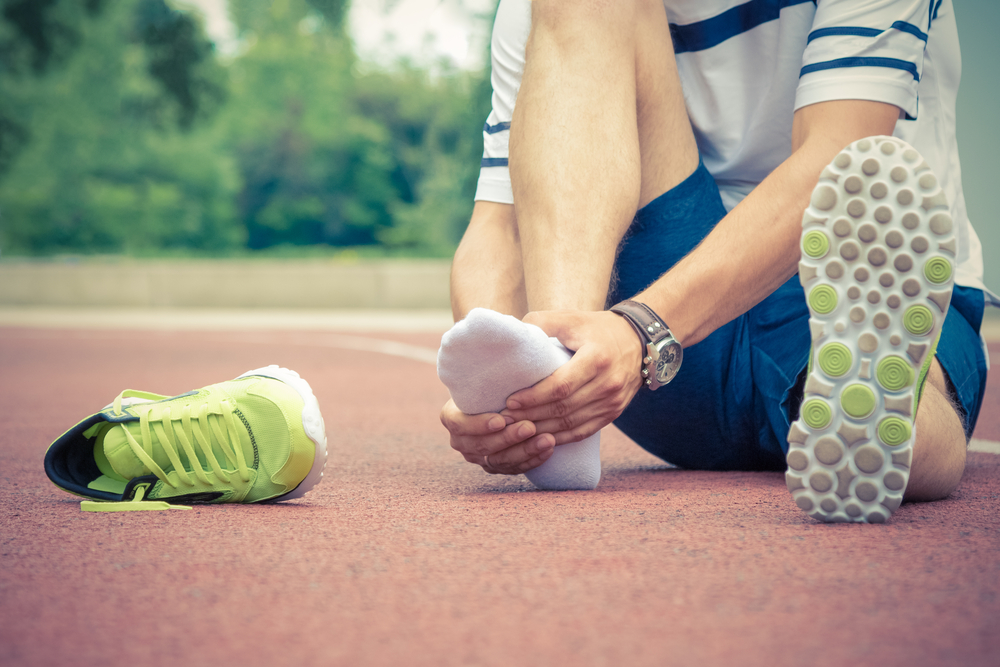Deciding to run a marathon is a big decision and one that should not be taken lightly.
Long-distance running can pose a great strain on your body, both physically and mentally, so it’s crucial that you focus on your marathon training and post-marathon recovery in equal parts.
Training for a marathon will help your body adjust to more strenuous levels of exercise by improving cardiovascular fitness and building muscular endurance.
If you train regularly, the marathon will have less of a physical impact on your body and help prevent injury. It will also help you develop a steady pace which can help you complete the race in a better time.
Get a training plan
One of the best ways to prepare yourself for a marathon is by creating a training plan that will help you prepare in the months leading up to the race. You can even try downloading a running coach app.

The length of your training plan will ultimately depend on your level of fitness. For example, training to run a marathon for beginners will take substantially longer than an avid runner with a few races under their belt. However, most training plans should last approximately six months.
The importance of diet
Eating a healthy diet is also imperative during the months leading up to the race. You need to fuel your body properly, build your immune system and stick to a nutritionally dense diet.
Eat plenty of whole grains, protein, healthy fats, fruits, and vegetables. Similarly, you should try to cut out excess sugar and alcohol.

Hydration is also key, especially when you are running long distances, so make sure to keep a bottle of water or sports drink to hand whilst training.
Why your rest days are as important as your training days
It’s important to remember that the primary goal of marathon training is not to finish the race in record timing but to cover the distance as best as you can. This means crossing the finish line with minimal injuries.

You don’t have to completely switch off on rest days. It is often good to use this time to do some Pilates or Yoga. Some simple stretching with some meditation or mindfulness can also be very beneficial.
To avoid hurting yourself during the race, or in the months leading up to it, you should consciously plan your rest days.
Have you thought about your running gear?
Wearing new shoes or clothes that are too tight could result in unwanted blisters or chaffing. On the big day, it’s best to stick to your tried and trusted running shoes.
If you do encounter a few blisters along the way, it’s completely natural. Just make sure to take care of them properly and foster a speedy recovery with some manuka honey plasters.
Another common runner’s injury is plantar fasciitis. You can avoid this painful injury by minimising the impact on the soles of your feet and providing more support.
Sports insoles, such as our FootActive Sports, FootActive UltraLite or FootActive Performance insoles help prop up the arch of your foot and offer shock absorption during your run.
You should never ignore the signs and symptoms of a foot problem or foot pain, no matter how small the injury may be. If you feel like you may have hurt yourself, listen to your body and take some time to rest.
Getting the most out of your post-marathon recovery
After you’ve finished your race, it’s vital to treat your body with care, as post-marathon recovery can take up to four weeks.
It’s likely that your body will feel sore, tired, and even fatigued for a few days after the marathon. However, several post marathon recovery tips can help you get back to normal in no time.
As part of the recovery process, spend the first 24 to 48 hours in complete rest and then, work your way towards an active recovery.
Hydration
The first step to recovering after a marathon is hydration. All the fluids you left on the racetrack need to be reintroduced into your body. However, you should always hydrate at a steady pace that allows your body to rebuild fluid rates comfortably so that you can recover faster.
The rule of thumb is around 500ml of water for every hour. If you want an added boost, you can opt for electrolyte water instead.
Recovery activities
The best post-marathon recovery techniques involve a great deal of muscle stretching and rolling. You can use basic post-run stretches, like flexed calf walkouts, lower hamstring stretches, or seated butterfly holds.
Try to get into a routine and stretch each muscle for approximately 10-15 minutes. This will help restore your range of motion and reduce any soreness. Physical activities, such as yoga or pilates, are also great options that ensure the best post-marathon recovery possible.
You could also try a sports massage post race or taking ice baths, which are renowned to be anti-inflammatory and to promote blood flow and reduce muscle damage and soreness that occurs from the trauma and impact from marathons and long runs.
Final thoughts
You may think that running a marathon is all about the race itself. In reality, it’s a slow journey that involves plenty of training before you reach your goal.
Neglecting your body pre and post-marathon recovery is one of the most common marathon mistakes people make. Not only can you risk an injury, but you can also turn an enjoyable moment into an unpleasant experience.
Remember to look after your body in a way that’s both healthy and sustainable until fully recovered, so that you can look forward to many more races in the future.
If you have any further questions about recovery after a marathon or need some more advice, please don’t hesitate to contact us. Good luck!
This blog is also part of a wider series about marathons, which you can check out below:
- Marathon Preparation: 4 Tips On What Not to Do
- Marathon Injury Prevention: Everything You Need To Know
- 6 Marathon Training Activities To Help With Your Preparation
- The Dangers of Not Taking Care of Minor Injuries Properly
- 6 Top Tips for Preparing a Walking Marathon
- The Pitfalls of Running a Marathon without Training



